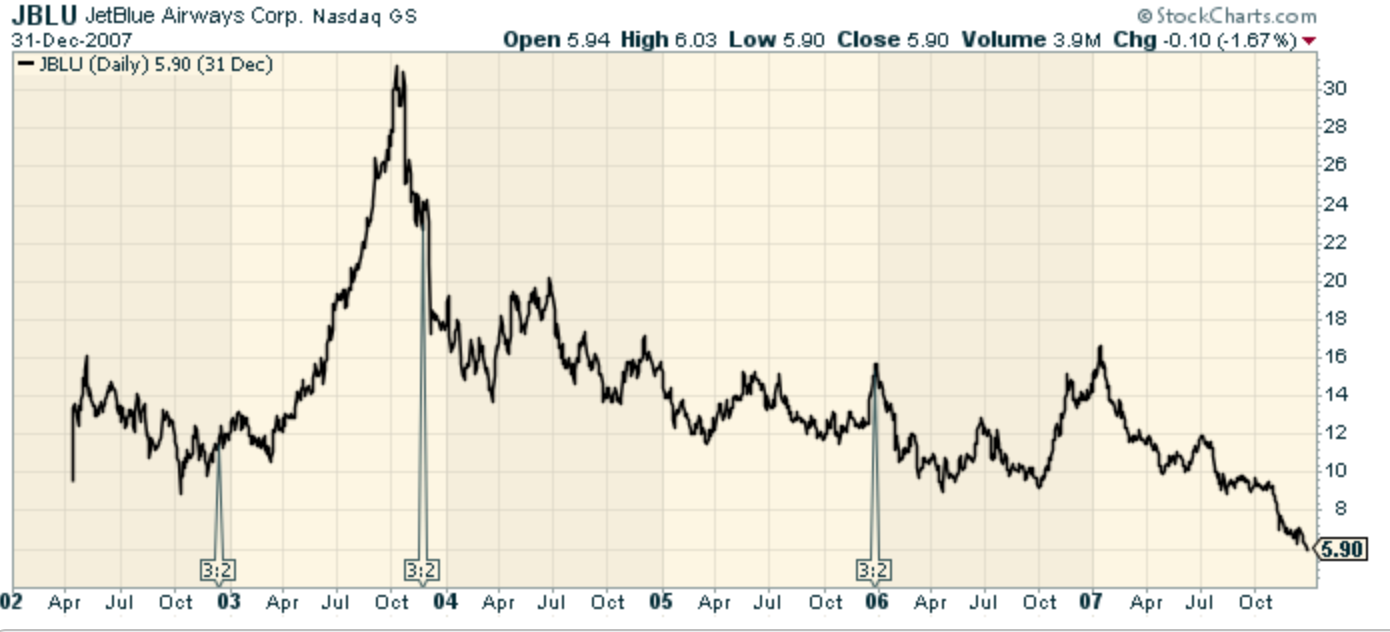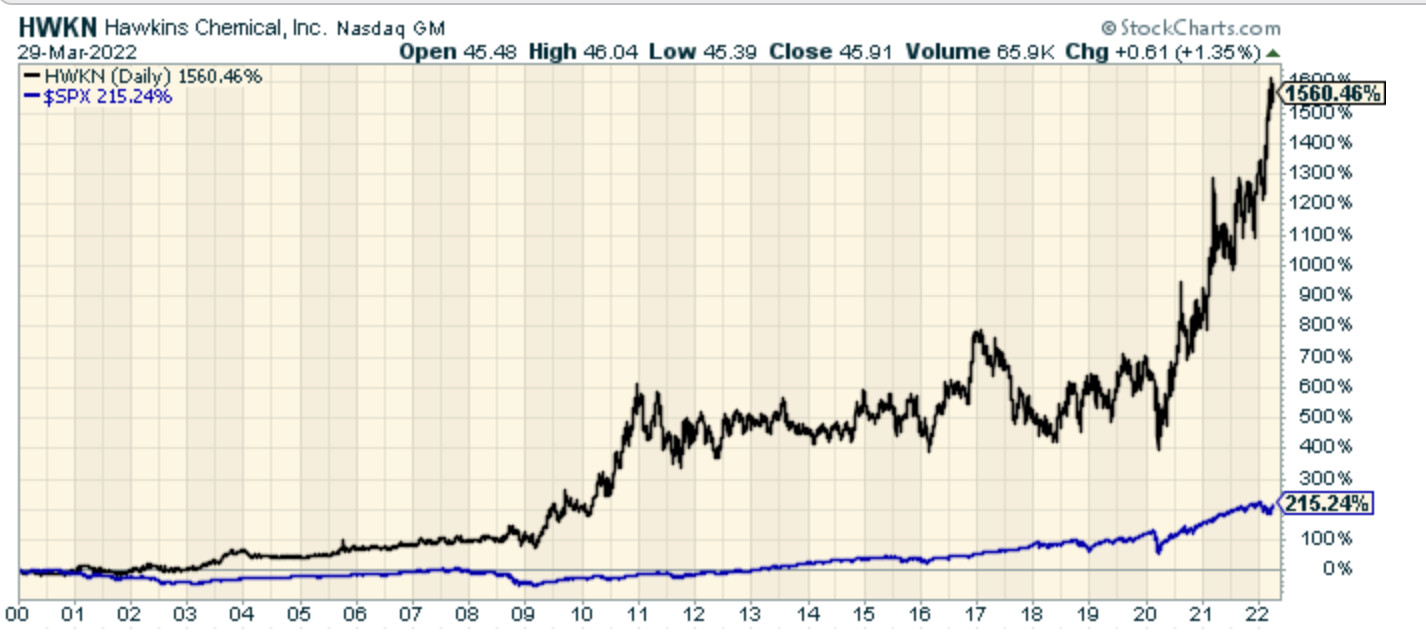CWS Market Review – March 29, 2022
(If you haven’t done so, please sign up for our premium newsletter. It’s $20 per month or $200 per year.)
The S&P 500 Has Rallied 11% in 11 Days
Despite war, inflation and a flattening yield curve, the stock market has rallied quite impressively over the last several days. Sometimes the market has a mind all its own. Through Tuesday’s trading, the S&P 500 has gained 11% in eleven trading days. The index is now above its 50- and 200-day moving averages. In fact, we’re not that far from an all-time high.
I’ve been a doubter of this rally nearly since Day #1. It’s moved too fast, too soon and it’s been too concentrated in higher-risk stocks. Since the rally has been making us money, that’s helped comfort my misguided forecast. It also tells you why we follow a long-term buy-and-hold strategy. Just because the evening news appears scary doesn’t mean the market is worried.
The month of March comes to a close this week. Not too long ago, it looked like we were headed towards one of the worst quarters for the stock market in many years. Fortunately, the recent uptick has softened that blow. With the change of the month, we’re going to get several important economic reports.
Tomorrow, ADP will release its payroll report for March. For some reason, this report gets a lot of attention even though the ADP report is notoriously bad. A few weeks ago, ADP revised its January jobs number from a loss of 301,000 to a gain of 509,000. I’m sorry, but that wrecks your credibility.
Also tomorrow, the government will update its report for Q4 GDP growth. Bear in mind that this is a fairly dated report. We’re talking about the period that began six months ago and ended three months ago.
The last report showed Q4 growth of 7%. That’s in annualized terms and it’s adjusted for inflation. Except for the quarter immediately following the lockdown, last quarter was the best quarter for economic growth in more than 20 years. It also looks like 2021 was the best year for annual economic growth since 1984, although tomorrow’s revision could alter that.
On Thursday, we’ll get another jobless-claims report. The last report was the best since September 1969. That data series tends to be “noisy” which is a fancy stats term for meaning it can bounce around a lot. I’ll be curious if we can set another long-term low.
The day after the GDP report, the government releases the monthly personal income and spending data. This is one of the key data pieces that decides if we’re in a recession or not. For the time being, these numbers are quite healthy. The government also releases the personal consumption expenditures report. This is important because it’s the Federal Reserve’s preferred measure of inflation.
The big day for economic news will be on Friday when the government releases its March jobs report. Yes, it will be on April Fool’s Day. Please note that at the time of the release, March will have been over for just 8.5 hours.
The last jobs report showed that the unemployment rate is lower now than at any time in the 1970s, 1980s, 1990s and 2000s. There still is the problem that many people haven’t returned to the jobs market. The good news is that that has receded somewhat in recent months. I hope that trend continues.
I’m also looking out for the next CPI report which will be due out on April 12. I’m particularly concerned about this report because I don’t believe the Fed realizes just how much of a problem inflation is. This report will also be the first to show the price impact of the war in Ukraine. Prices at the pump rose 85 cents per gallon in just two weeks.
I want to take some time to discuss inflation because it’s a complicated topic and often misunderstood. For one, inflation tends to have an unusual impact on society. For example, there were severe bouts of inflation in pre-revolutionary France and in Weimar Germany. Those are extreme examples, but they show that inflation can often be a destabilizing force in society.
The soundness of money, at its root, is an implied trust between the citizen and the state. When that gets shattered, weird things can follow. Note the general sense of disillusionment in the United States in the 1970s.
For our concerns, inflation can also have a destabilizing impact on financial markets. I think of inflation as being similar to holding a magnet near a compass. It screws up the readings.
To give you an example, let’s say you run a manufacturing company. Your company buys its raw materials at Time X. It processes its parts at Time Y. It then sells its finished goods at Time Z.
The distance between those three time points can be quite large and if inflation is high enough, it will distort your actual profitability. Initially, inflation can give you the illusion of efficiency even when that’s not the case at all.
Not all earnings are the same, and inflation exacts a heavy toll on asset-heavy businesses. Companies with high assets relative to their profits tend to report ersatz earnings.
Inflation also benefits the borrower at the expense of the lender. The cost of inflation falls heavily on lower-income consumers and people on a fixed-income.
There are almost no upsides of inflation, and it often leads to a recession. If you remember the later 1970s, inflation sparked a massive rally in precious metals. The Hunt Brothers tried to corner the global silver market. They failed but came perilously close. The point is that investing in rocks shouldn’t be more profitable than in investing in businesses that provide jobs to people.
Inflation can be very rough for stocks. During the entire decade of the 1970s, the Dow Jones Industrial Average gained a grand total of 38 points.
To get a better sense of inflation’s impact on the stock market, I went over to Professor Robert Shiller’s online data library. Shiller is a Nobel laureate who maintains a database of stock market numbers going back to the 19th century.
I took all the monthly data and re-sorted it by level of inflation. The tipping point is 7.3%. Below that, stocks have gained an average of 7.5% annually adjusted for inflation. When inflation is above 7.3%, stocks have lost more than 11% annually adjusted for inflation. We’re not far above 7.3% right now.
This is why the Fed has to make it clear that it’s committed to beating inflation. In three months, I expect to see rates at least 1% higher. The Fed must stand firm.
The Stock Split Boom
Yesterday, Tesla (TSLA) said that it’s proposing to increase its number of shares so the company can split its stock.
This is an unusual topic because stock splits themselves do absolutely nothing, yet shareholders love them. If you own 100 shares of a $50 stock, a 2-for-1 stock split means you now own 200 shares of a $25 stock. The value of your position hasn’t changed one penny.
Still, shares of Tesla jumped 8% yesterday. That’s worth $100 billion. Again, there was zero reason for this. To quote Sire Isaac Newton, “I can calculate the motion of heavenly bodies, but not the madness of people.” Tesla is now worth more than the combined value of the world’s 13 largest automakers.
Two years ago, Tesla jumped 12% when its previous split went into effect—not when it was announced, but simply when the split went into effect. I don’t even know what to say about that.
Tesla isn’t the only big stock to split its stock. Nvidia (NVDA) had a 4-for-1 split last year. Apple (AAPL) split its stock 4-for-1 two years ago. In 2014, Apple had a 7-for-1 split.
Both Alphabet (GOOG) and Amazon (AMZN) have announced massive 20-for-1 stock splits. That means for every one share you own, you’ll get 19 more although the nominal price will drop about 95%. Amazon’s split will take effect in June while Alphabet’s will be in July.
The data has shown that stock splits are good for stocks, but I think they’re getting cause and effect backward. Companies announce splits because their stock has gone up. The stock has gone up because business has been good. It seems reasonable that the conditions that led to the split hang around for a little while. The splits themselves do nothing.
It seems that investors simply don’t like share prices that are too high. Even with modern markets, the transaction costs aren’t that high. Many years ago, when I worked on the retail side, I often heard investors say they didn’t want to buy stocks over $100 per share, even if it simply meant buying fewer shares. If I had to guess, I’d say there’s a comfort range of $20 to $50 per share for a stock.
Of course, there are exceptions. The “A” shares for Berkshire Hathaway (BRK-A) recently broke $500,000 per share. There are currently 616,000 shares outstanding.
Even with Amazon’s big scheduled split, that will bring its price down to around $170 per share (based on the current price). That would still make the nominal share price higher than about two-thirds of the S&P 500. Alphabet will be around $145 per share.
From what I recall, there used to be a lot more stock splits. I was never a fan of the small 5-for-4 or 3-for-2 splits. In my opinion, JetBlue deserves an award for the worst stock splits. The company split its shares 3-for-2 three times in less than three years, yet the stock went nowhere.
What’d the point?
My stock split hero is Hawkins (HWKN). This is a specialty chemical company based in Minnesota. So if you’re in, say, St. Paul and you need a shipment of sodium hydroxide, well…these are the folks to call.
Hawkins distributes, blends and manufactures chemicals and other specialty ingredients for its customers in a wide variety of industries. The company has 49 facilities in 24 states.
They’ve been around for many years and the company is largely in family hands. The current CEO is Patrick Hawkins. They do what they do, and they do it well.
Hawkins often announces 10% or 15% stock dividends each year. These have tended to be in line with the stock’s long-term performance. As a result, the nominal share price is often around $40, but that might you lead you to believe the stock hasn’t moved much.
On the contrary, Hawkins has been a huge winner. Check out its performance this century compared with the S&P 500.
After all that success, Hawkins is followed by one Wall Street analyst. The madness of people, indeed.
That’s all for now. I’ll have more for you in the next issue of CWS Market Review.
– Eddy






